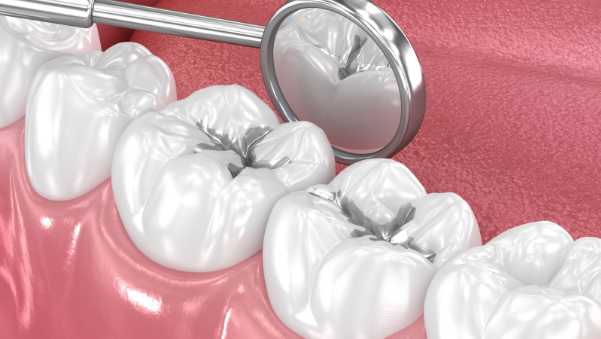
Why Do We Have to Wait Until 2034 to Phase Out Amalgam?
The Minamata Convention on Mercury established 2034 as the global target year to end the use of dental amalgam. While this may seem gradual, the extended timeline reflects practical and logistical factors rather than ongoing scientific uncertainty about amalgam itself.
The decision accounts for differences in healthcare infrastructure, manufacturing capacity, and environmental readiness across countries.
Here’s what is happening behind the scenes.
✅ 1. Transitioning Global Healthcare Systems
Many regions, particularly low- and middle-income countries, continue to depend on amalgam because it is:
- cost-effective
- easy to use in poorly controlled environments
- less moisture-sensitive than composite materials
- often the only affordable option in public clinics
An immediate global ban could disrupt public dental services, strain healthcare budgets, and widen oral health disparities.
The 2034 target allows countries to:
• Retrain dental professionals
• Upgrade clinical equipment and facilities
• Improve infection and moisture control systems
• Revise public health procurement practices
• Develop updated clinical guidelines for specific patient populations
The aim is to ensure a coordinated and equitable transition worldwide.
✅ 2. Industry and Supply Chain Adjustments
Manufacturers of dental materials require time to:
• Cease mercury procurement
• Redesign production lines
• Develop and certify mercury-free alternatives
• Obtain multinational regulatory approvals
This is a multi-billion-dollar reconfiguration. The 2034 timeline provides sufficient lead time for these large-scale industrial and regulatory changes to occur safely and consistently.
✅ 3. Environmental Safety and Waste Management
While the environmental impact of mercury is well documented, the rapid elimination of amalgam use could temporarily increase mercury waste if disposal systems are not prepared.
To mitigate this, governments must:
- Install and maintain amalgam separators in clinics
- Develop safe mercury waste collection and recycling systems
- Train dental professionals in proper disposal methods
- Implement controls for emissions from cremation and other waste sources
A phased approach helps prevent environmental contamination during the transition period.
✅ 4. Global Policy and Treaty Implementation
The Minamata Convention involves over 140 participating governments. Establishing a uniform end date required negotiation and consensus between nations with differing economic capacities and healthcare priorities.
The 2034 deadline represents a practical compromise—early enough to drive change, yet realistic for all signatories to meet compliance obligations.
✅ 5. Evidence-based Policy Development
Although the environmental case for phasing out mercury is strong, the clinical research on the systemic effects of dental amalgam remains under ongoing study.
Instead of reactionary policies, international health agencies advocate for measured, evidence-based progress that allows:
- Continued data collection and monitoring
- Consistent clinical communication
- Stability in global health policy
This gradual transition supports informed decision-making based on emerging evidence rather than abrupt policy shifts.
✅ 6. Implications for Patients and Dental Care
Should people wait until 2034 to take action? Not necessarily.
2034 is the deadline for governments and health systems, not for individual health decisions. Patients who wish to move towards metal-free or mercury-free care may act as early as now.
✅ If a patient has old, failing, fractured, corroded, or symptomatic amalgams, they should consider earlier evaluation.
✅ If a patient has multiple amalgams and is concerned about long-term exposure, earlier review is reasonable.
✅ If a patient is pregnant, breastfeeding, medically compromised, or has allergies, amalgam placement is already discouraged.
✅ If a patient opts for removal, it must be done under proper safety protocols.
At Nuffield Dental, we do not recommend mass removal simply for the sake of it, but we do highly suggest:
- clinical assessment
- radiographic evaluation
- replacement of failing restorations
- use of safer, biocompatible alternatives
- safe removal protocols, if applicable
The global timeline does not replace personal clinical judgement.
✅ In Summary
People are not being asked to wait until 2034 for safety reasons. The phase-out date was established to accommodate:
- Variations in healthcare infrastructure and resources
- The time required for manufacturers to adapt
- Environmental safety and waste control measures
- The consensus-building process among treaty nations
This global approach ensures a structured, safe, and sustainable transition toward mercury-free dentistry, while allowing individuals to make informed decisions in consultation with their dental care providers.
.png?width=2223&height=447&name=Background%20(4).png)

-1.svg)



